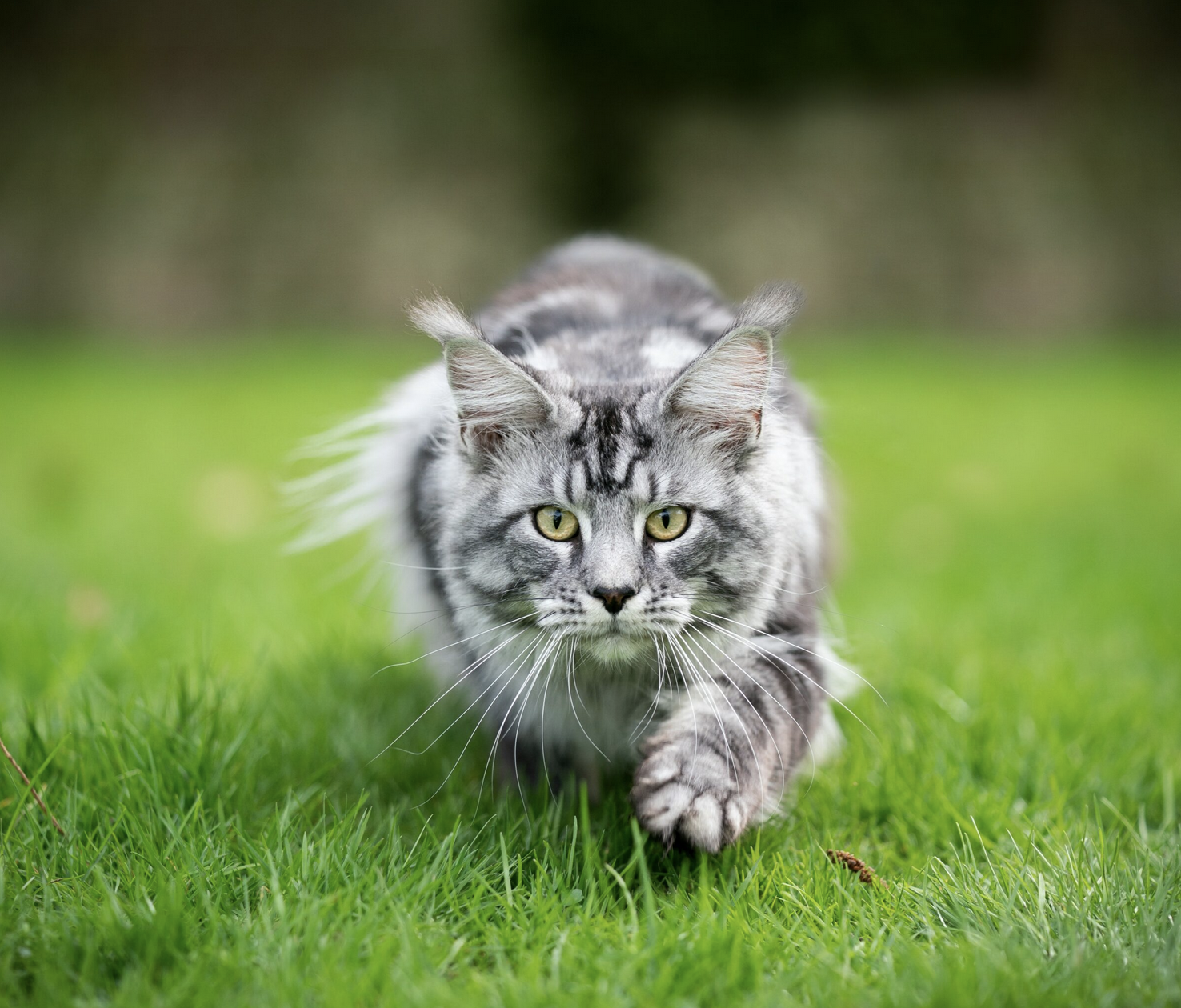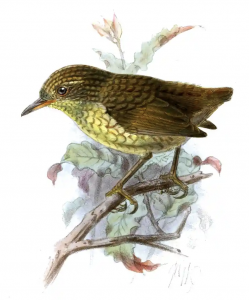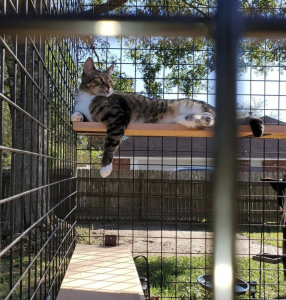Some people ask ‘should cats be allowed outside?’ and ‘should you keep your cat in the house?’
There is a new cat trend – the catio – a cat enclosure providing cat safety while protecting birds and wildlife.
Cats are prolific hunters of wildlife. A study published last year estimated that in the UK alone cats kill around 270 million animals annually – a quarter of them birds.
So is it time to reconsider the British laissez-faire attitude to free-roaming cats? According to researchers, the science on cats’ impact on birds and wildlife is far from settled – but the answer could still be yes.
About 70% of cat owners let their animals outside. Access to the great outdoors is considered good for cats’ well being, a position shared by charities such as Cats Protection and Battersea Dogs and Cats Home.
But should the British adopt the American way and ditch free roaming? It is possibly already happening. Though it is early days, a growing minority are keeping their cats fully indoors. That worries Daniel Cummings from Cats Protection. “We’re not saying that all cats need to go outside,” he says, but if indoor-only became the norm, some cats would have significantly reduced welfare.” Backing that up is a 2019 study that suggests many indoor cats might not get the stimulation they need.
Cats Protection recommends a dusk-till-dawn cat curfew, as does SongBird Survival and the RSPB. Cats and birds are most active at dusk and dawn. “It’s a sensible compromise,” says Cummings. “You’re effectively reducing the risk of cats getting in a road traffic accidents overnight, and also reducing the risk of predation.” There is some evidence that cats do get hit by cars at night slightly more often than during the day.
It is well established that cats can have serious impacts on wildlife and even cause extinctions. The most famous example is Lyall’s wren, a small, flightless bird that once lived on Stephens Island in New Zealand. When Europeans arrived on the island in the late 1800s, they brought their cats, and within the year, Lyall’s wren was gone.
Should cats be allowed outside? Bring on the Catio…
People should create Catios. Cat owners are being encouraged to convert porches and patios to keep cats inside and safe. Many people are creating beautiful spaces for their cats. By keeping your cat in your back yard with a net over it, providing a scratching post and a lovely area for it to exercise in – they will be safe.
But some say that keeping cats in the house is impossibly cruel – however smart or posh your catio is.
Then again, perhaps it is better and less cruel keeping your cat safe at home – it’s less likely to be hit by a car, it’s not going to get attacked by a neighbours dog, it’s not going to get bitten or be exposed to cat diseases – no ticks or fleas… your cat is going to live longer at home – which is better for its health.
Catios and Kittilitt go hand in hand… Give your cat the benefit of the great outdoors while keeping it safe.



